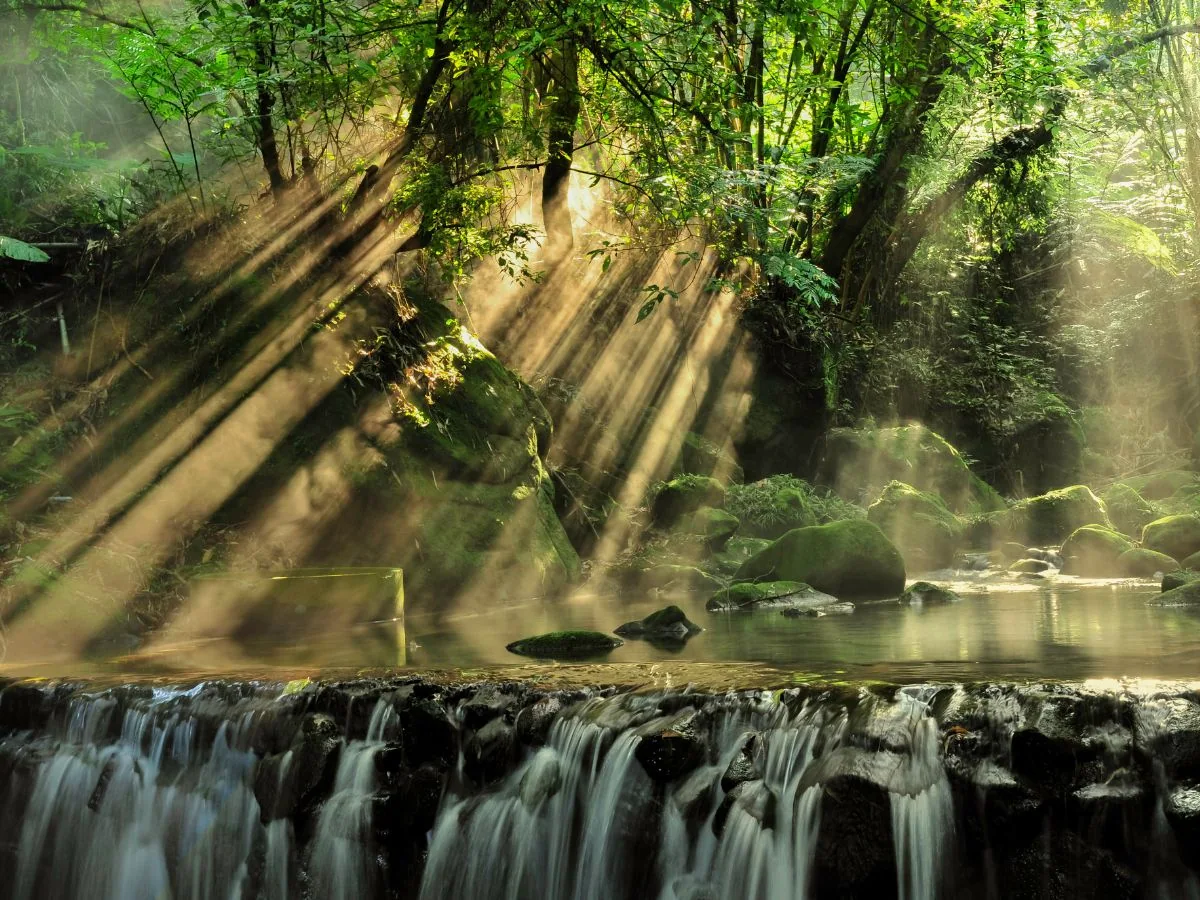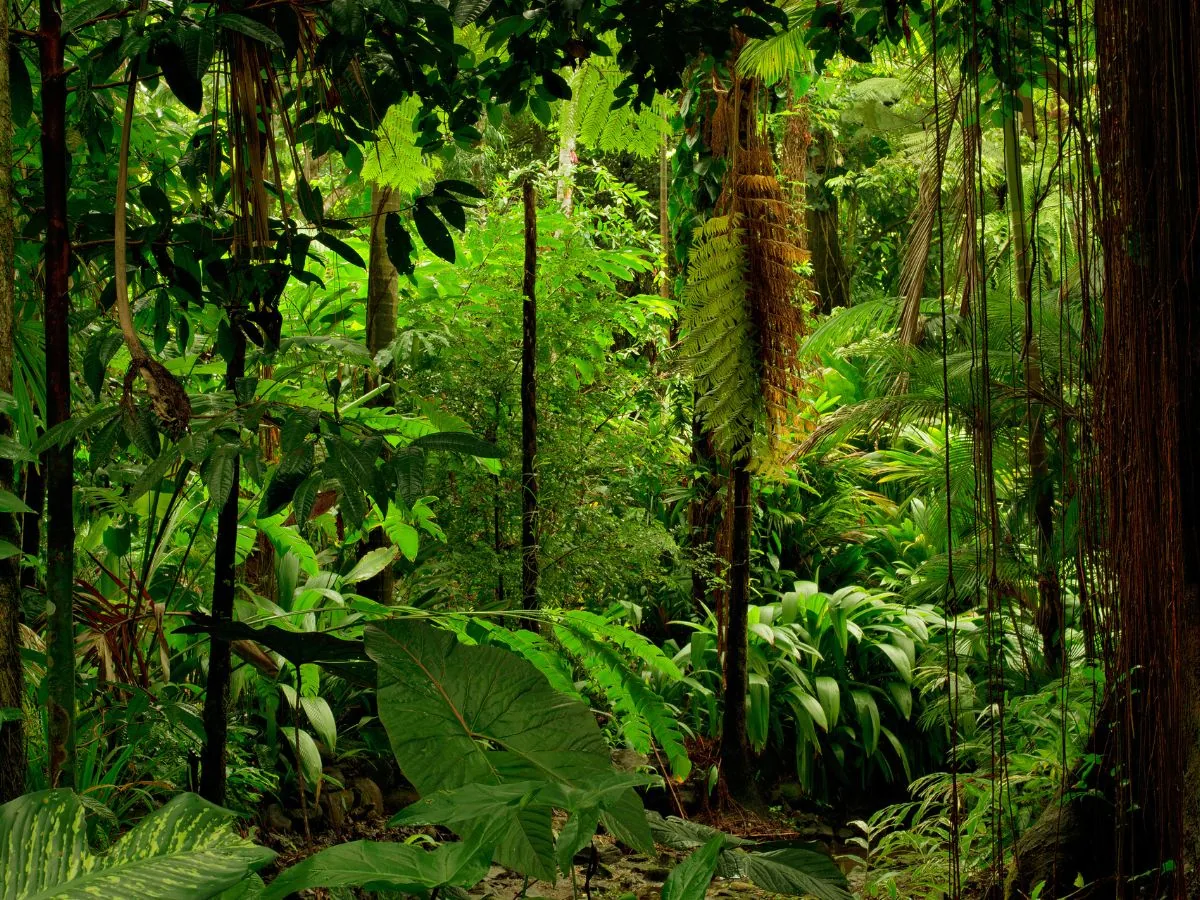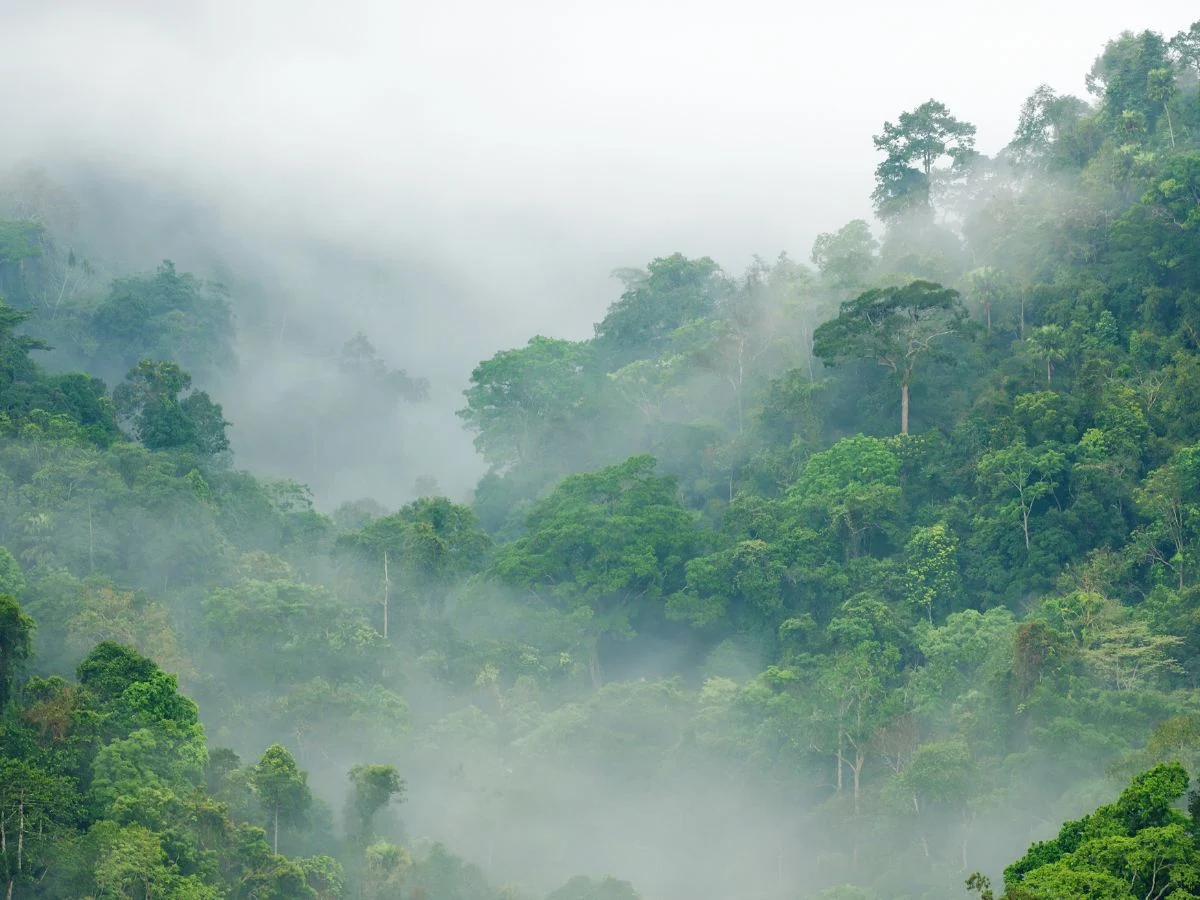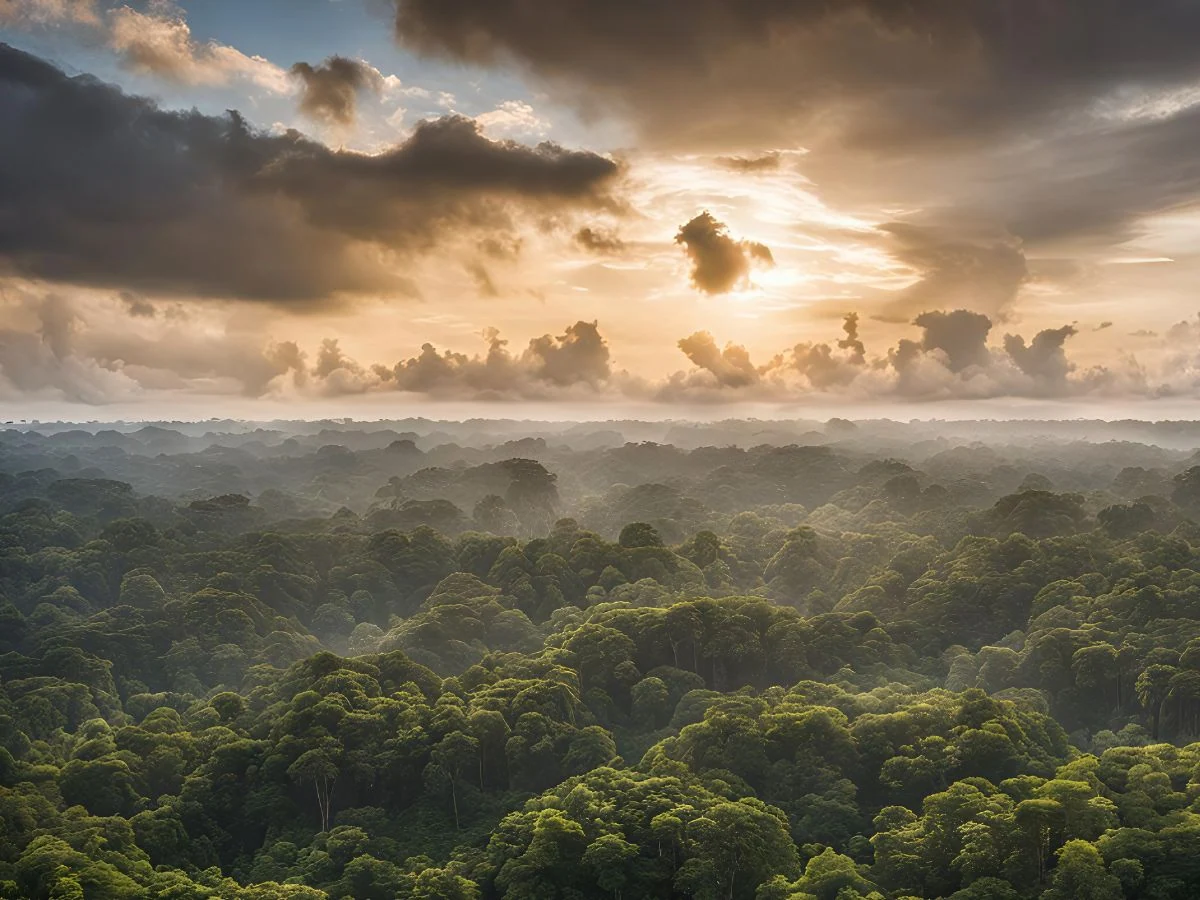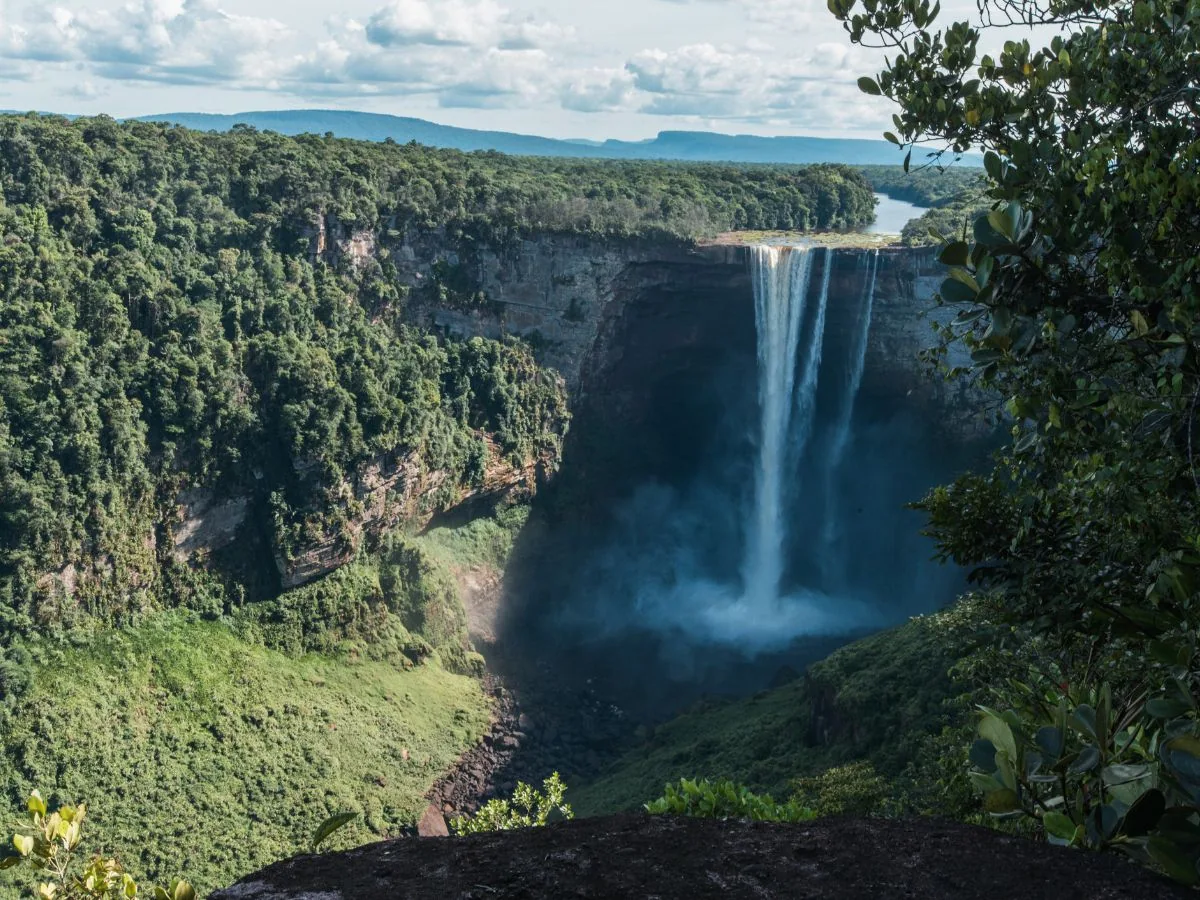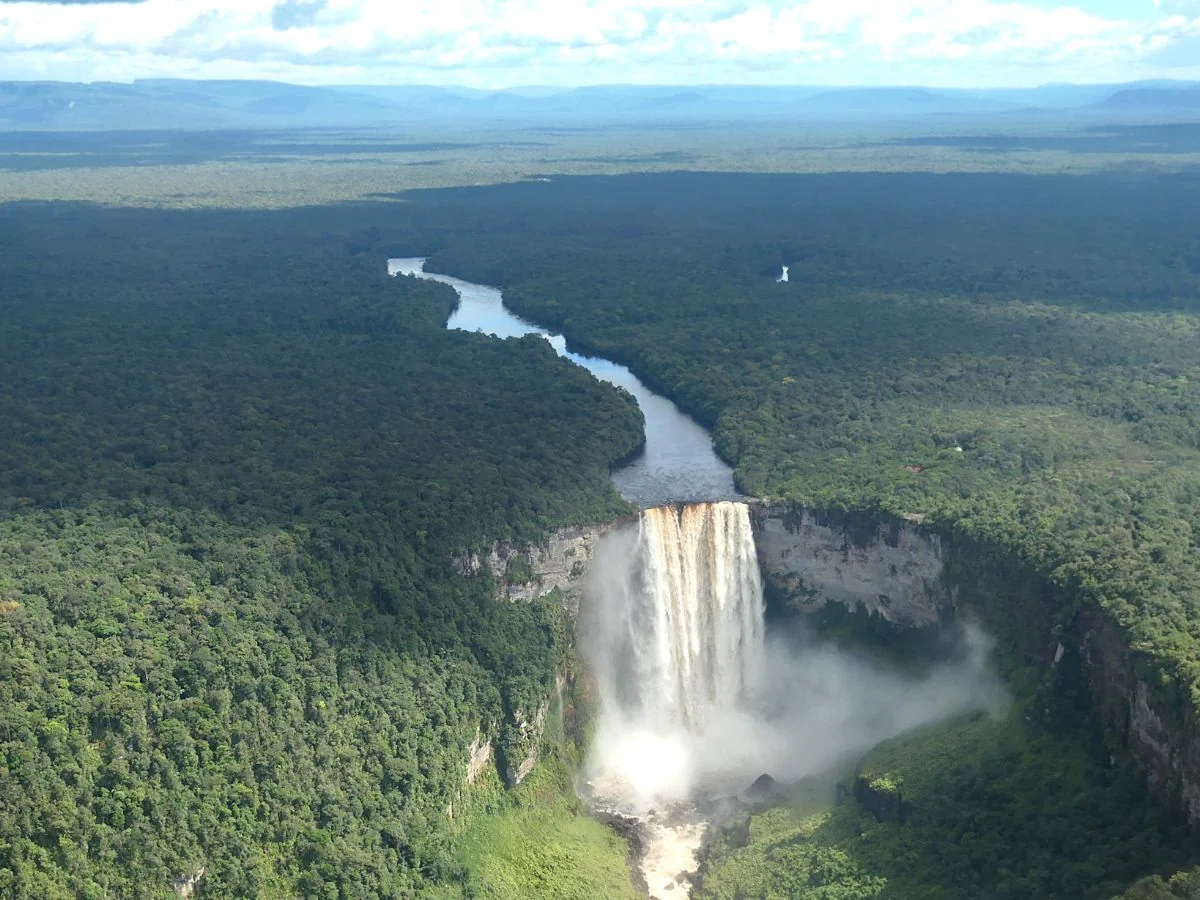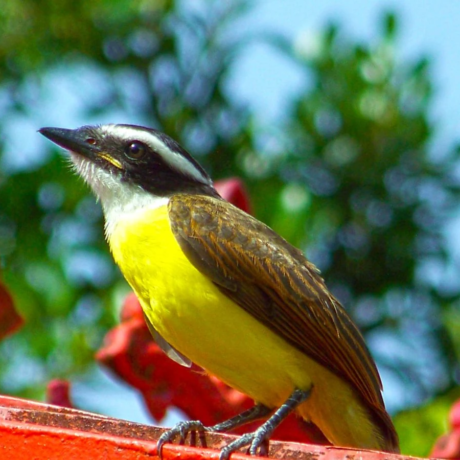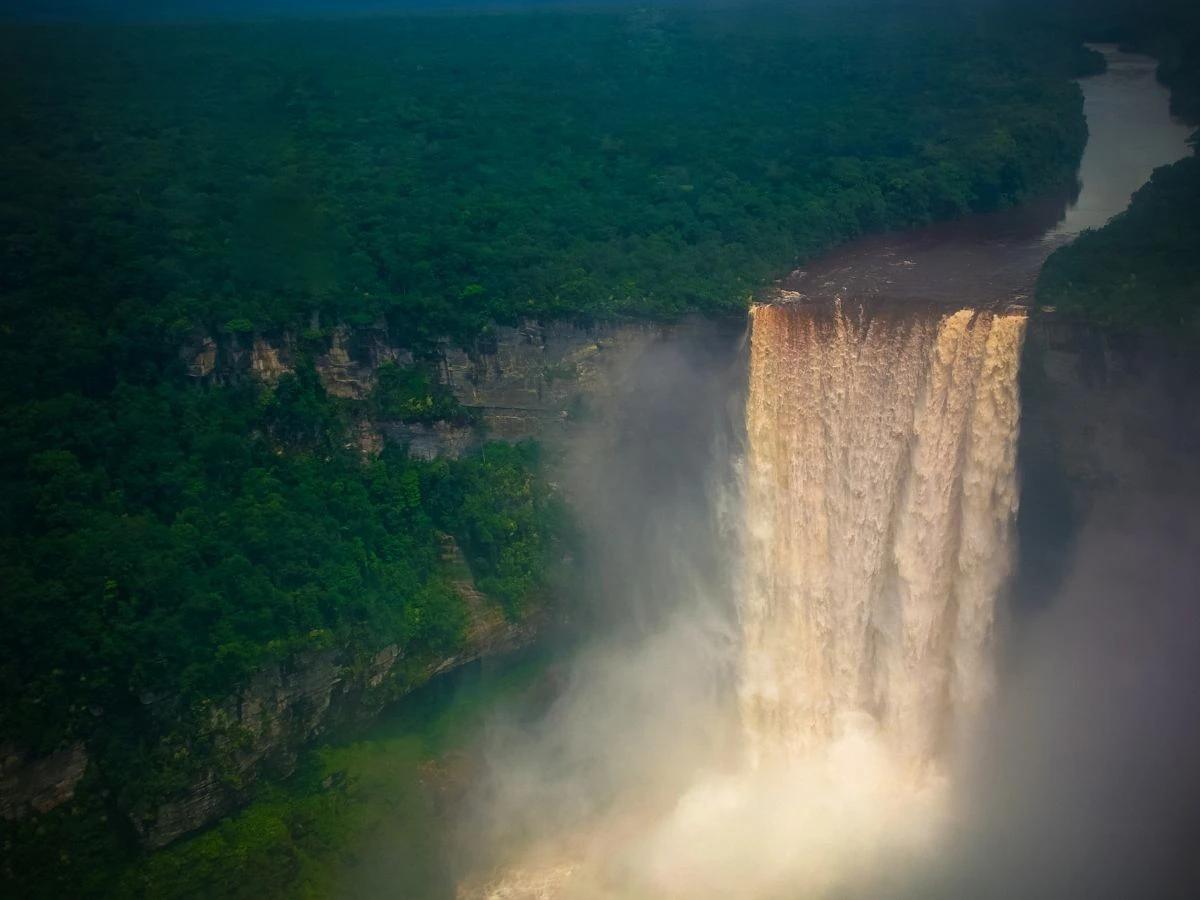Deep within Guyana’s heart lies one of the world’s most pristine rainforests, where the sound of your footsteps on the forest floor mingles with calls of over 500 bird species. The Iwokrama Rainforest Reserve encompasses one million hectares of virgin rainforest, making it a global hotspot for biodiversity. As a protected area established under the Iwokrama Act, the Iwokrama Rainforest Reserve stands as a model for conservation and sustainable management.
The Iwokrama Rainforest offers something truly special – a chance to experience nature as it was meant to be, untouched and thriving. This remarkable conservation area serves as both a living laboratory and an adventure playground for those seeking authentic, off-the-beaten-path experiences. Whether you’re drawn by the possibility of spotting a jaguar, listening to the dawn chorus, or learning from indigenous communities, Iwokrama promises encounters that will stay with you long after you return home.
Introduction to the Iwokrama International Centre
At the heart of the Iwokrama Forest lies the Iwokrama International Centre, a pioneering autonomous non-profit institution dedicated to rainforest conservation and sustainable development. Established as a model for how tropical forests can be protected while delivering real economic benefits, the centre stands as a beacon for both local and international communities. Its mission is to demonstrate that the world’s most pristine rainforests can be managed in a way that balances conservation, scientific research, and responsible development.
The Iwokrama International Centre is uniquely positioned within one of the most pristine rainforests left on the planet, offering a complete immersion in the rainforest experience. Here, visitors can witness firsthand the delicate balance between protecting a fragile environment and supporting the livelihoods of those who depend on it. The centre’s approach to financial self-sufficiency is rooted in ecotourism, scientific research, and community engagement, ensuring that conservation efforts are both effective and sustainable.
What Makes Iwokrama Rainforest Special
A Living Laboratory in Guyana
Spanning 371,000 hectares in central Guyana, Iwokrama represents one of the world’s most successful conservation stories. This pristine wilderness operates under joint management between the Guyana government and the Iwokrama International Centre, creating a unique model where scientific research meets sustainable tourism. The forest remains virtually untouched, offering visitors a rare glimpse into what tropical rainforests looked like centuries ago.
What sets Iwokrama apart is its incredible biodiversity. Home to over 500 bird species, including the magnificent harpy eagle, this ecosystem supports jaguars, giant otters, eight monkey species, and countless other creatures. The field station, which includes the canopy research station, plays a crucial role in supporting scientific research and biodiversity monitoring. The protected area is home to several plant families, such as Lecythidaceae and Chrysobalanaceae, which contribute to the ecosystem’s diversity and ecological importance. Iwokrama’s rich fauna, including threatened and iconic species like jaguars, macaws, and caimans, makes it a hotspot for wildlife and a key destination for ecotourism and conservation efforts.
Geography and Climate of the Iwokrama Forest
The Iwokrama Forest stretches across a vast 371,000 hectares in the very heart of Guyana, forming a secluded location where wilderness reigns supreme. This wilderness-covered expanse is bordered by the mighty Essequibo River and surrounded by some of the most untouched rainforest in the world, making it a cornerstone for conservation and sustainable development in the region.
The climate here is quintessentially tropical, with high temperatures and abundant rainfall shaping the landscape throughout the year. The forest experiences two main seasons: a lush, vibrant wet season and a drier period that makes exploration more accessible. This unique combination of geography and climate creates the perfect conditions for an astonishing diversity of life. Over 500 bird species, 420 types of fish, and 90 species of bats call the Iwokrama Forest home, alongside rare and threatened animals such as the giant anteater and the elusive jaguar.
Getting There and Where to Stay
Your Journey to Iwokrama
Your adventure begins with a flight to Georgetown, Guyana’s capital, followed by an overland journey through changing landscapes. The route takes you from coastal plains through savannas before reaching the forest edge, where you enter a protected rainforest area spanning over a million hectares. Many visitors choose to travel via the Essequibo River, where boat transfers offer stunning views and wildlife spotting opportunities along the way.
The dry season from September to April provides the best conditions for travel and wildlife viewing. During these months, river levels are ideal for boat journeys, and animal concentrations around water sources make wildlife encounters more likely. For a more private exploration, a Nature of Guyana non-exclusive tour offers a personalized experience.
Iwokrama River Lodge
The Iwokrama River Lodge serves as your base for exploring this natural wonder. This eco-lodge demonstrates sustainable tourism in action, using solar power and locally sourced materials whilst maintaining comfortable standards. The lodge’s design blends seamlessly with the forest environment, and its elevated position offers spectacular views over the Essequibo River.
Guests can join a dawn boat trip to experience the tranquility of the river at sunrise and observe wildlife such as butterflies, snakes, and macaws as the rainforest awakens. Accommodation ranges from shared dormitory-style rooms to private cabins, all designed to minimise environmental impact whilst providing essential comfort after long days of exploration. The lodge’s dining area serves local cuisine, often featuring ingredients sourced from nearby indigenous communities.
Wildlife and Activities
Incredible Wildlife Encounters
Iwokrama’s wildlife experiences are nothing short of extraordinary. The forest supports a healthy jaguar population, though these elusive cats require patience and luck to spot. Giant otters play in the river systems, their playful antics providing entertainment for hours. The legendary harpy eagle, one of the world’s most powerful raptors, calls these forests home.
Birdwatching here reaches another level entirely. The dawn chorus creates a symphony that builds from gentle chirps to a crescendo of calls echoing through the canopy. Cock-of-the-rock perform their elaborate courtship displays, whilst toucans and parrots add splashes of colour to the green backdrop. Many visitors describe these early morning experiences as transformative. During guided walks, visitors learn about the diverse birdlife, including the screaming piha, black necked aracari, grey chinned hermit, and scarlet macaw.
Night time boat trips offer a unique opportunity to observe nocturnal species such as tree boas, hula tree frogs, and other nocturnal species. These excursions immerse visitors in the rainforest after dark, revealing a different side of Iwokrama’s rich biodiversity.
Cultural Connections and Conservation
Indigenous Heritage
The Makushi people have called this region home for generations, and their traditional knowledge forms an integral part of the Iwokrama experience. Indigenous guides share insights into forest ecology, traditional uses for plants, and wildlife behaviour that you simply cannot find in textbooks.
Community-based tourism initiatives ensure that local people benefit directly from conservation efforts. Visitors can participate in traditional activities, learn about sustainable forest use, and gain deeper understanding of the connection between people and nature.
Supporting Conservation
Every visit to Iwokrama directly supports vital conservation work. The research station conducts ongoing studies into climate change impacts, species behaviour, and ecosystem health. The Global Environment Facility provides essential funding for conservation and sustainable development initiatives in Iwokrama, facilitating key environmental and forest management programs at an international level. Visitors often participate in citizen science projects, contributing to data collection efforts that help protect this precious environment.
Your tourism pounds help fund conservation programs, support local communities, and maintain the infrastructure that keeps this wilderness accessible whilst protecting its integrity.
Planning Your Visit
Essential Tips
Pack lightweight, quick-dry clothing in neutral colours for forest walks. Sturdy walking boots are essential, as is a good rain jacket regardless of season. Insect repellent, sunscreen, and a hat will make your experience more comfortable.
Basic health precautions include yellow fever vaccination and malaria prevention measures. Travel insurance should cover adventure activities and medical evacuation if needed.
The best time to visit depends on your interests. Dry season offers easier travel and concentrated wildlife viewing, whilst wet season brings lush vegetation and different wildlife behaviours.
Conclusion
Iwokrama Rainforest offers something increasingly rare in our modern world – a chance to experience nature in its purest form. This isn’t just about ticking animals off a list; it’s about connecting with an ecosystem that has remained largely unchanged for thousands of years. Every moment spent here, from the first glimpse of a toucan to the last evening listening to forest sounds, contributes to both your personal growth and global conservation efforts.
Ready to swap your daily routine for jaguar tracks and harpy eagle calls? The Iwokrama Rainforest awaits, but it won’t wait forever. With over 20 years of experience guiding explorers into one of Earth’s last untouched wildernesses, Undiscovered Destinations has built deep connections within the Iwokrama Rainforest and its conservation community. Climate change and development pressures mean that pristine wilderness like this becomes more precious every year. Let Undiscovered Destinations craft your personal adventure into this natural cathedral, where every step reveals new wonders and every sunset over the Essequibo River reminds you why some places are worth travelling to the ends of the earth to experience.
